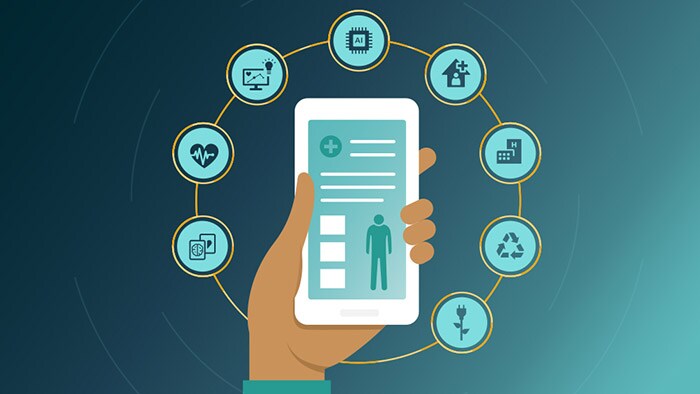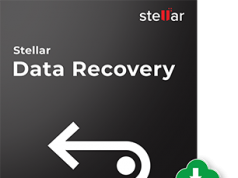e-Invoicing has many advantages, including standardisation, auto-population of invoice details into other forms like e-way bills and GST returns, lower processing costs, fewer disputes, faster payment cycles, and increased business efficiency.
It is important to understand the security aspects of e-invoicing software to maximise these significant benefits. This article will discuss the significance of e-invoicing security and different security measures in e-invoice to protect the confidentiality and integrity of these transactions.
What is e-Invoicing?
e-Invoicing refers to submitting specific GST document details to a government-notified portal in exchange for a reference number. It does not imply that an invoice is generated via a government portal. Taxpayers will still use their own accounting, billing, and ERP systems to create their GST invoices, even in the e-invoicing scenario. Businesses can benefit from e-invoicing in several ways, including standardisation, interoperability, auto-population of invoice details into other forms (like e-way bills) and GST returns, lower processing costs, fewer disputes, faster payment cycles, and an overall increase in business efficiency.
Importance of e-Invoicing Security
e-Invoicing security is crucial in protecting sensitive financial information from unauthorised access, manipulation, or interception. With the increasing reliance on electronic invoicing systems, the risks associated with cyberattacks, identity theft, and data breaches have become more prevalent. Consequently, businesses must prioritise security measures to ensure the smooth operation of their invoicing processes.
Security Measures in e-Invoicing System
Two-Factor Authentication
Implementing two-factor authentication (2FA) adds an extra layer of security, providing different forms of identification like passwords and a unique code sent to their mobile device. The 2FA reduces the risk of unauthorised access to the e-invoicing systems.
As cyberattacks increase, security relying on passwords is not enough for authentication. Two-factor authentication adds a layer of protection, which requires providing a unique piece of information, i.e., a one-time password (OTP) sent to a registered number, reducing the risk of unauthorised access to the e-invoicing system if someone gets your password. This additional step ensures that only users with proper credentials and a secondary authentication method can access the system.
Secure Data Transmission
An e-invoice travels several points from the sender to the receiver. Secured data transmission protocol guarantees safe and encrypted data transfer. Simple encryption methods with secured networks keep the invoice data private and prevent unauthorised access within the system.
User Authentication and Authorisation
e-Invoicing systems utilise stringent authentication methods to validate user identities. Users gain access only to relevant information and tasks based on their roles.
The e-invoice system has authentication mechanisms that guarantee its origin and integrity. These electronic invoicing management mechanisms may include digital signatures, certificates, and time stamps. By verifying the authenticity of the invoice, customers can be sure that it comes from a legitimate supplier. As a result, it is possible to avoid possible fraud or false invoices.
Protection Against Malicious Activities
Phishing attacks and other malicious actions that exploit system weaknesses are serious dangers to e-invoicing systems. Strong security procedures include frequent system updates to fix vulnerabilities, ongoing surveillance for questionable activity, and user education to identify and clear possible security risks. These preventative actions serve as a barrier against several kinds of online attacks.
Conclusion
To prioritize security in e-invoice systems, businesses must understand the importance of security, evaluate potential risks, and implement essential security measures. Regular security audits, training, awareness programs, and selecting the right provider all contribute to creating a secure and reliable e-invoice system. By integrating these practices into their operations, businesses can safeguard sensitive information and build customer trust.
Follow Technoroll for more!





